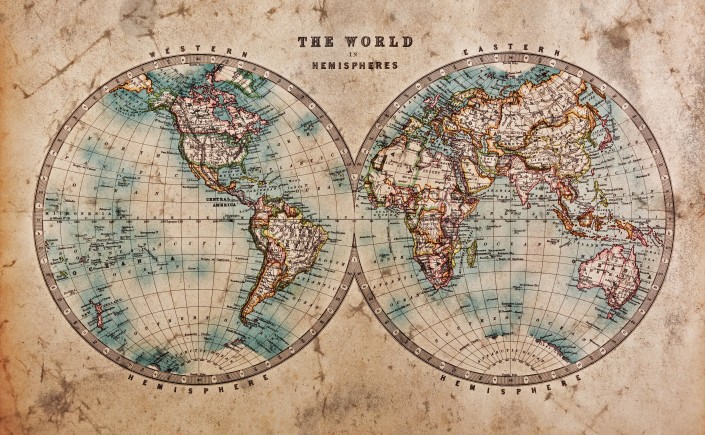Stamp: Eötvös Torsion Balance and Globe (Hungary 1959)
Eötvös Torsion Balance and Globe (Hungary 1959)
14 March (Hungary ) within release International Geophysical Year goes into circulation Stamp Eötvös Torsion Balance and Globe face value 10 Hungarian fillér
| Stamp Eötvös Torsion Balance and Globe in catalogues | |
|---|---|
| Michel: | Mi:HU 1571A |
| Stamp Number: | Sn:HU 1212 |
| Yvert et Tellier: | Yt:HU 1266 |
Stamp is horizontal format.
Also in the issue International Geophysical Year:
- Stamp - Eötvös Torsion Balance and Globe face value 10;
- Stamp - Deep sea exploration: research vessel and iceberg face value 20;
- Stamp - Icebergs, penguins and polar light face value 30;
- Stamp - Soviet Antarctic camp and map of Pole face value 40;
- Stamp - Space probe approaching moon face value 60;
- Stamp - Sun and observatory face value 1;
- Stamp - Satellite, Sputnik and American Rocket face value 5;
- Stamp - Soviet antarctic camp and map of pole face value 40;
- Stamp - Space probe aproaching moon face value 60;
- Stamp - Sun and observatory face value 1;
- Stamp - Sattelite ,sputnic and american rocket face value 5;
- Stamp - Eotvos Torsion balance and globe face value 10;
- Stamp - Deep sea exploration face value 20;
- Stamp - Icebergs -polar light face value 30;
- Stamp - Deep sea exploration: research vessel and iceberg face value 20;
- Stamp - Deep sea exploration: research vessel and iceberg face value 20;
- Stamp - Deep sea exploration: research vessel and iceberg face value 20;
- Stamp - Satellite, Sputnik and American Rocket face value 5;
- Stamp - Soviet Antarctic camp and map of Pole face value 40;
- Stamp - Space probe approaching moon face value 60;
- Stamp - Sun and observatory face value 1;
- Stamp - Soviet Antarctic Camp and Map of Pole face value 40;
Stamp Eötvös Torsion Balance and Globe it reflects the thematic directions:
Elements of industrial instrumentation have long histories. Scales for comparing weights and simple pointers to indicate position are ancient technologies. Some of the earliest measurements were of time. One of the oldest water clocks was found in the tomb of the ancient Egyptian pharaoh Amenhotep I, buried around 1500 BCE. Improvements were incorporated in the clocks. By 270 BCE they had the rudiments of an automatic control system device.
A musical instrument is a device created or adapted to make musical sounds. In principle, any object that produces sound can be considered a musical instrument—it is through purpose that the object becomes a musical instrument. A person who plays a musical instrument is known as an instrumentalist. The history of musical instruments dates to the beginnings of human culture. Early musical instruments may have been used for rituals, such as a horn to signal success on the hunt, or a drum in a religious ceremony. Cultures eventually developed composition and performance of melodies for entertainment. Musical instruments evolved in step with changing applications and technologies.
A globe is a spherical model of Earth, of some other celestial body, or of the celestial sphere. Globes serve purposes similar to maps, but, unlike maps, they do not distort the surface that they portray except to scale it down. A model globe of Earth is called a terrestrial globe. A model globe of the celestial sphere is called a celestial globe
Geography (from Ancient Greek γεωγραφία geōgraphía; combining gê 'Earth' and gráphō 'write') is the study of the lands, features, inhabitants, and phenomena of Earth. Geography is an all-encompassing discipline that seeks an understanding of the Earth and its human and natural complexities—not merely where objects are, but also how they have changed and come to be. While geography is specific to Earth, many concepts can be applied more broadly to other celestial bodies in the field of planetary science. Geography has been called "a bridge between natural science and social science disciplines



